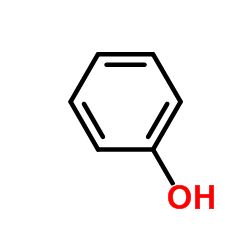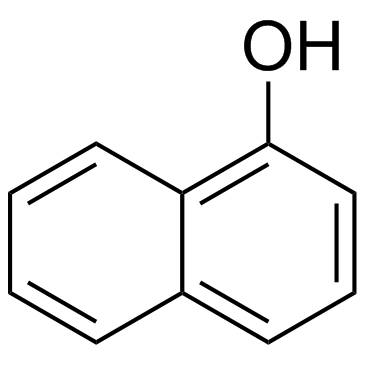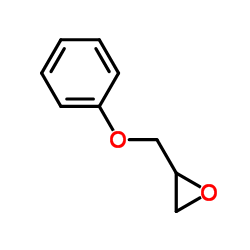| Structure | Name/CAS No. | Articles |
|---|---|---|
 |
Phenol
CAS:108-95-2 |
|
 |
1-Naphthalenol
CAS:90-15-3 |
|
 |
2-Naphthol
CAS:135-19-3 |
|
 |
phenyl glycidyl ether
CAS:122-60-1 |